Today we mention the use of essential oils to deter moths. If you’re interested in more essential oil posts, check out our archive. It’s also National Moth Week! Want to know the difference between moths and butterflies?
While we love moths and try to live in harmony with nature, there’s something we just can’t come to peace with, and that’s moths eating our clothes (and yarn!). Since it’s moth week, it’s the perfect time to discuss the ugly underbelly of the moth world, as we like to think of them, and offer suggestions for keeping your house free of these pests.
If you’ve never suffered through infestations from these moths, count your blessings. On the other hand, if you have had the displeasure of trying to eradicate these moths from your house, we’re here to commiserate, and to share our strategies for keeping our closets moth-free.
Clothes Moths
Their scientific name is Tineola bisselliella, but in our house they go by a name that’s not appropriate to share in this space. If you’ve ever experienced a clothes moth infestation, it’s likely that you saw the damage done to your clothes before ever seeing the adult moths. Adult clothes moths prefer dark spaces (like your closets and dresser drawers), and will hide when disturbed to try to avoid flying around in your light-filled house. But whether you see the adult moth or not, the real damage is done by the larva of the species.
The adult moth lays her eggs on any animal fiber she can find. In your house this may be sweaters, animal skins, or carpets and furniture made from animal fibers (wool, alpaca, silk). When the eggs hatch, the moth enters its larval stage as a creamy-white caterpillar. The real damage is done as the caterpillars begin to eat, digesting the keratin protein that’s an integral component of animal hair and fibers. The larval caterpillars destroy sweaters and other fabrics by either eating holes right through the fabric, leaving a web of destruction in their path.
Once the larva have stored enough energy, they enter the pupa stage, where they will remain in a cocoon until they develop into adults. When the adult moth emerges, it looks for a mate, and the life-cycle begins again. Perhaps surprisingly, the adult clothes moths do not eat, causing no damage to your clothes, rather they live off of the energy that was stored during the larval stage.
The moment you see one of these small tan moths clumsily fluttering around your room, it’s a likely sign that you already have a moth infestation and should work quickly to minimize any damage.
Avoiding & Treating Infestations
Obvious, I know, but the best thing you can do is avoid an infestation in the first place. Since the adult moths seek out dark areas with animal fibers to lay their eggs, use that information to your advantage. Blankets, clothes, and other animal materials that are in regular use rarely suffer from infestations because they are exposed to light and are often being shaken, even inadvertently, thereby removing the moth eggs. Exposed carpets and rugs are often exposed to light and being vacuumed, which removes eggs. You have to be concerned about the items that you don’t use often and that are stored in dark locations within your house.
If at all possible, store your cloths in light-filled areas (we say it’s ok to keep your closet doors open!). Our new house has a window in the walk-in closet. This may seem extravagant, but it both helps to air out the clothes and to increase the light in an otherwise dark room, keeping the moths at bay. You can also take items that you don’t wear often out periodically and brush them down to remove any eggs.
If you do plan on storing wool items for a long period of time, have them washed or dry-cleaned before storing. Washing the clothes will remove any moth eggs as well as body oils and food debris, both of which would attract moths. The laundered items should then be stored in an airtight container, preferably with some sort of moth deterrent; read on to see our favorite natural options.
When dealing with carpets and furniture made with natural fibers, you have to be most careful about the areas that are kept in the dark. This would be the sections of a carpet or rug and the areas of cushions that are always in the dark. Be sure to periodically vacuum these areas to remove any and all moth eggs that may be present. In the process, you should check the areas for damage that would be a sign of moth infestation.
Natural Remedies
In addition to thoroughly cleaning and periodically using the animal-fiber items in your home, there are a few other things you can do to avoid a moth infestation. Both lavender and cedar essential oils are known to be natural insect repellants or insecticides, but their effective aromas dissipate over time, so the key to their success is periodic reapplication of the oils.
The red heartwood of cedar trees contains oils which kill the moth larva, as such, this wood is often used in areas where garments are stored. It may be used to line closets, drawers, or chests, to build shelves, or as little blocks that are placed in containers with stored clothing. Over time, the wood’s scent fades, but can easily be replenished by lightly sanding the wood or by applying a fresh coat of cedar essential oil.
Rather than kill the larva, lavender works by repelling the insects. You can add sachets of dried lavender flowers to your closets and dressers, or use a piece of scrap fabric that’s been dotted with a few drops of lavender essential oil (sometimes I’ll just use a few cotton balls). With either method, be mindful that the lavender scent will fade and should be reinvigorated. You can either replace the lavender flowers in the sachets, or just add a few drops of lavender essential oils.
Both cedar and lavender essential oils should be handled with care because of their potency in their concentrated form. When diluted with carrier oils, the essential oils are less toxic.
Temperature Control
If you have clothes that are going into long-term storage, one way to ensure that they don’t become infected is to store them at a low temperature, and there are companies the provide this service. I’m assuming that this isn’t something that many of you are looking for, but it’s good to know about, and if you have a deep freezer with extra space, you could manage your own long-term storage. Just place the articles you want to protect in sealed plastic bags and place them in the freezer. I’m thinking that this is a great idea for heirloom baby sweaters and other small items.
Similarly, if you’re currently suffering from an infestation, you can use extreme temperatures to kill the eggs. Placing laundered items in a sealed plastic bag in temperatures below 10F for a few days or above 120F for over 30 minutes should do the trick. Check your freezer temp, you may be able to find a low enough temperature there. As for the heat treatment, your car may reach upwards of 120F on a hot day in the summer.
Moth Balls
If at all possible, we recommend avoiding the use of moth balls or moth crystals. These materials are made of pesticides which are extremely toxic and carcinogenic to humans and animals. They work by sublimating into gases which can kill the moths. In order for the gases to be effective, they have to reach a high enough concentration, so you would want to put the infested clothes and moth balls in a container with a tight seal to let the gas concentration build up.
Of course, because moth balls are so toxic, they are also one of the more effective methods for preventing infestations. If you have precious clothing or materials that you plan on storing for a long time in a dark place, you may find it necessary to use moth ball to be certain that everything remains safe, but if at all possible, we recommend some of the other methods discussed above.
After storing any item with moth balls, air it out for a few days to remove the odor, and then launder if possible.
Bottom Line
Unfortunately, I’m a clothes moth’s favorite target : my closets are full of wool sweaters, and I have a stockpile of wool just waiting to be used for my next project. As a result, I’ve had my fair share of moth infestations, and unfortunately, just when I think I’ve conquered the pests, I find another moth fluttering in a dark room. Damn them! And as you may have guessed, the photos of moth damage throughout this post are all mine.
The best advice I can offer (do you even want my advice?) is to try to stay one step ahead. For me, clearing out an infestation means washing any wool clothes and knitting projects that may have been in the area. I vacuum all of the eggs and other moth detritus I can find. I make sure that my cedar blocks and lavender sachets are re-oiled. And I rethink my current storage situation. Can I reconfigure things so that the wool is getting more light?
In the past I’ve had problems with wool projects that sat idle too long and were stored in baskets – the dark bottom of the baskets became a breeding ground for moths! Now I only use baskets for projects that are getting a lot of action – the constant in and out of the basket gives them plenty of light and the agitation shakes out any eggs that may be there, stoping the moth lifecycle in its tracks. I also blot the insides of my craft baskets and storage containers with a bit of cedar oil to further deter the moths.
And that, my friends, is the best advice I have in this ongoing battle between me and the moths. Unfortunately, this little war of mine has become a comedy in our house, with Calder always laughing as I gear up (with my essential oils and vacuum) for another round of moth eradication. I’m hoping that one day in the near future I’ll have the last laugh. Until then, I would love to hear your tales from the trenches.
Image Sources : moth by Olaf Leillinger


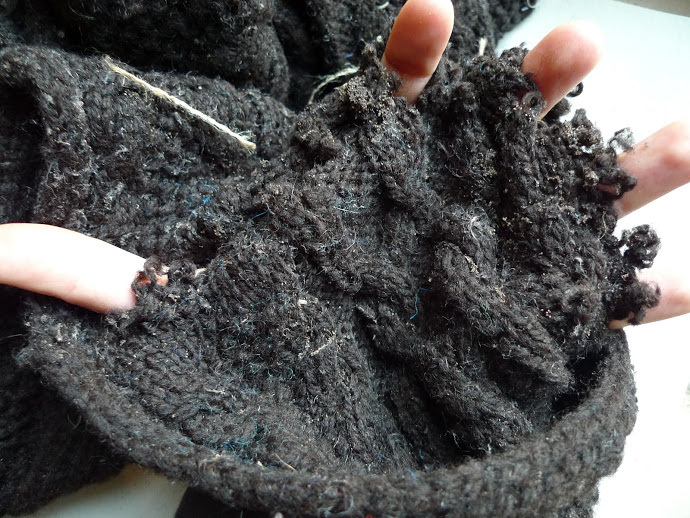

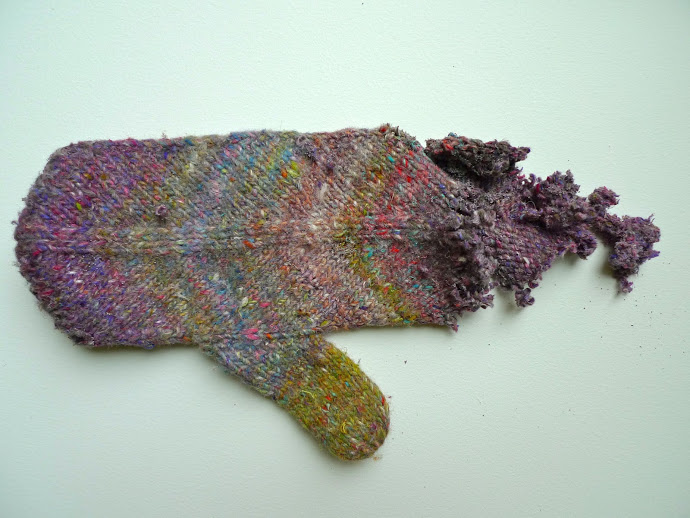
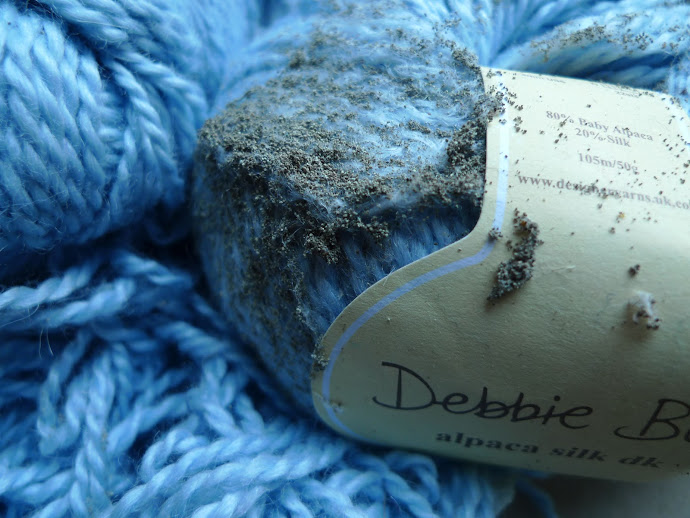
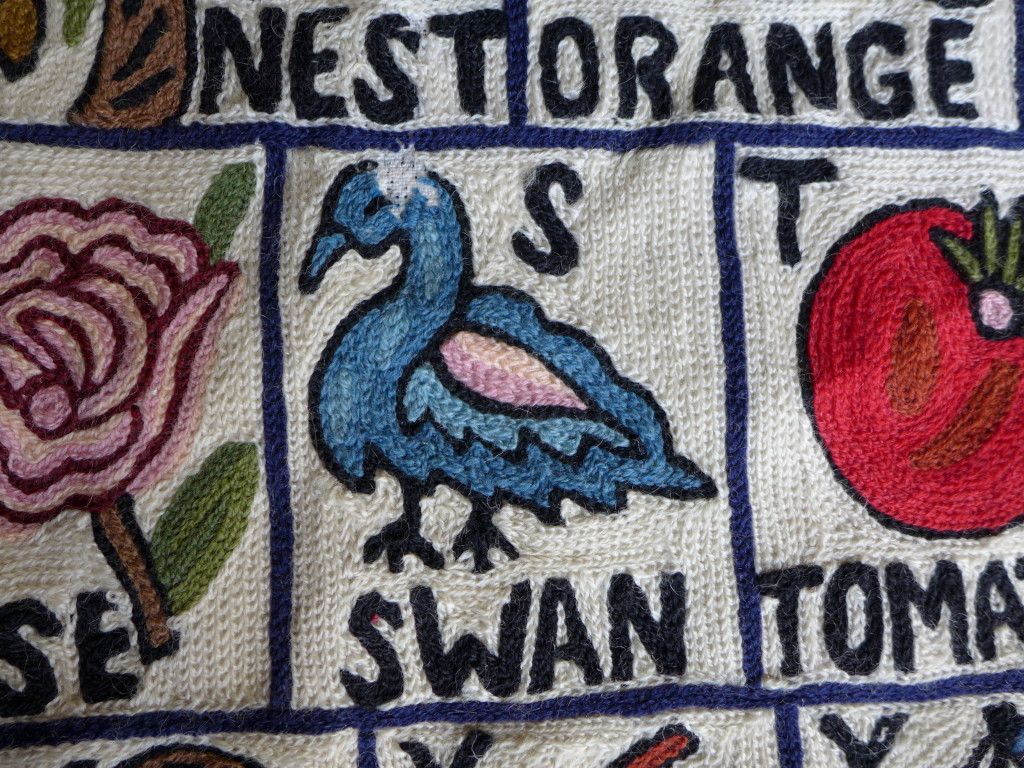
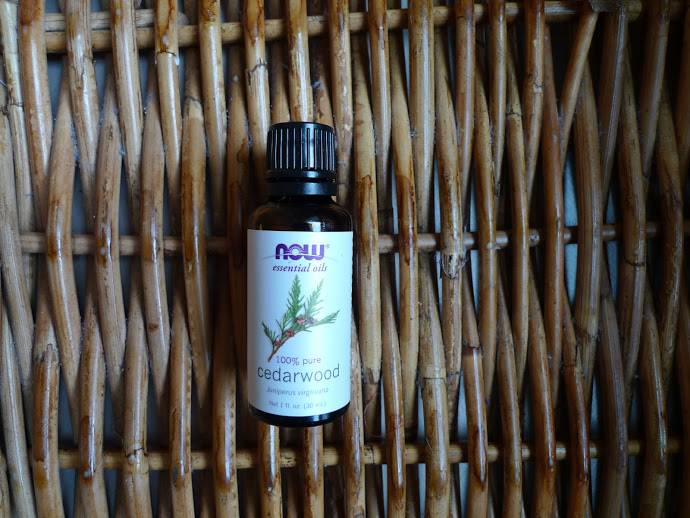
These moths can be a real pain. Best suggestion is to contact your local pest control company and have them come and identify the problem. They will then construct the best course of action and take care of these pests as efficiently and humanely as possible.